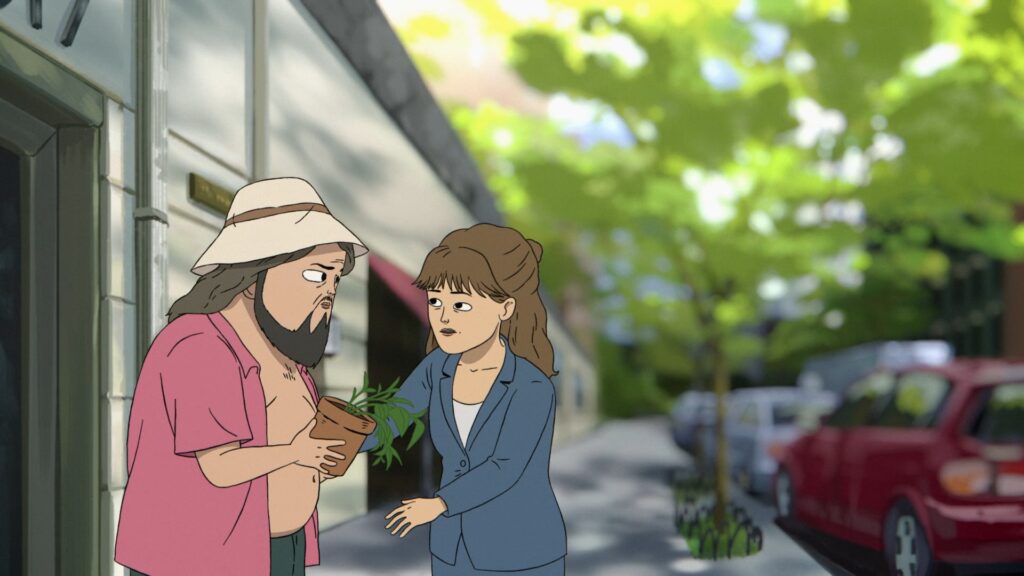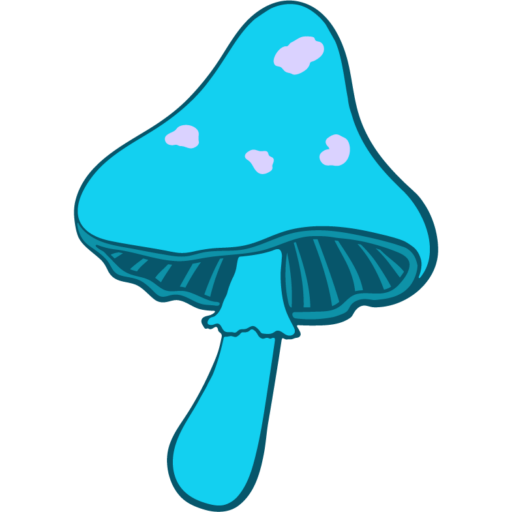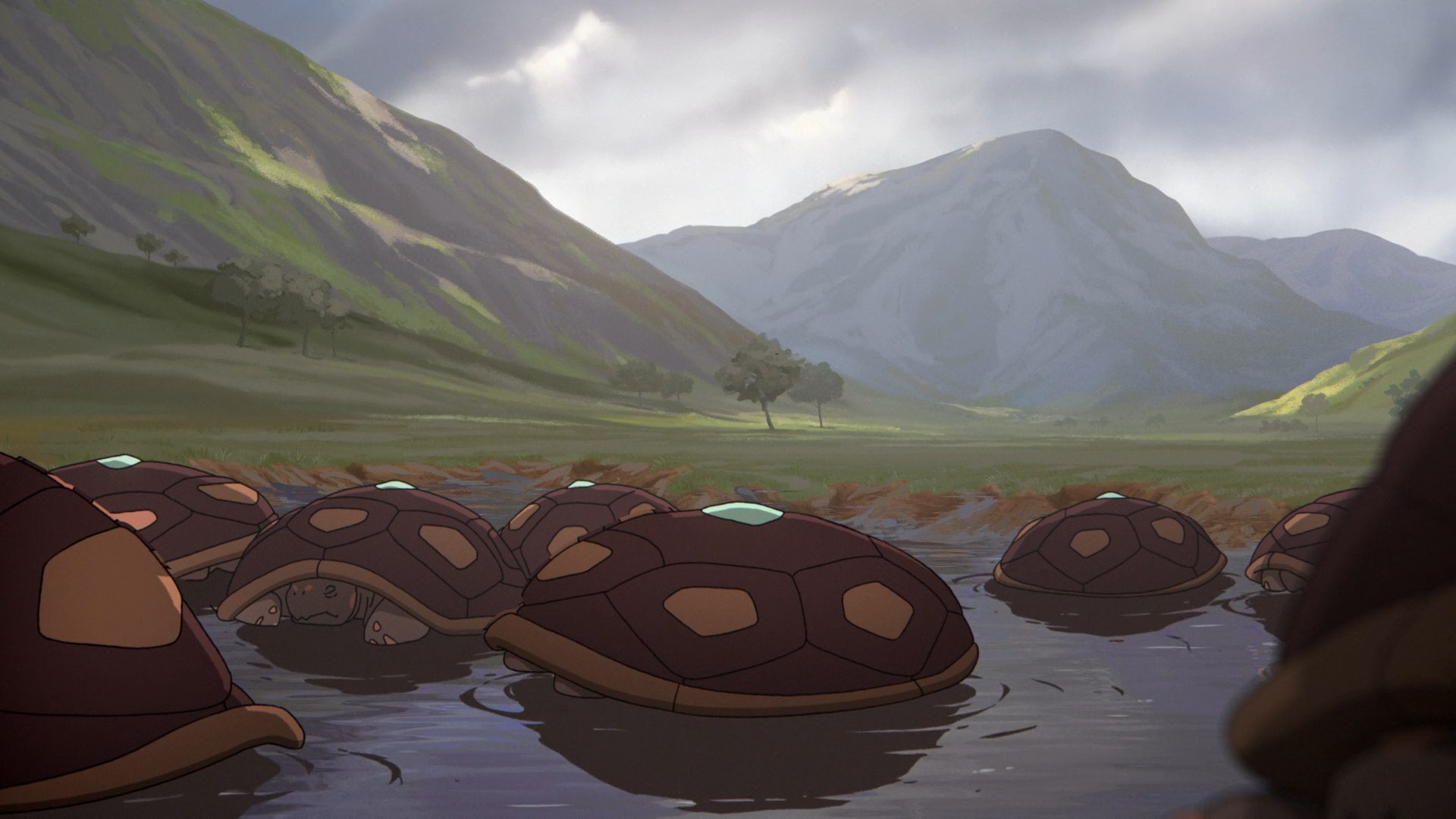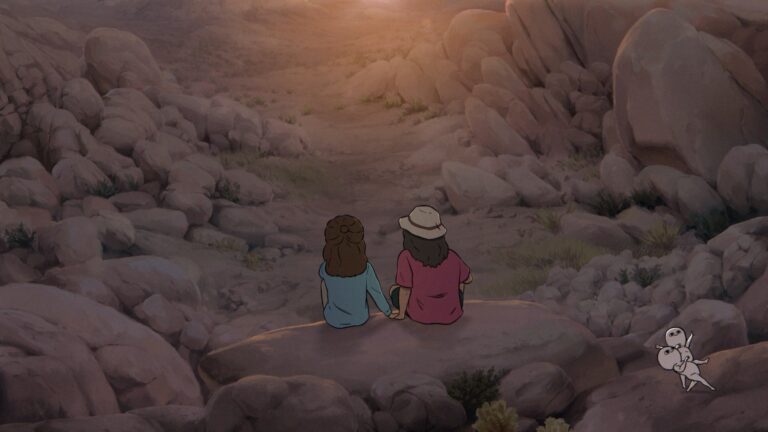From Field Notes to Google Maps
Breaking open Marshall Cuso’s tattered field notebook on “Common Side Effects” feels a bit like falling through a time-space portal for mycology nerds – and, honestly, anyone itching for a real-world adventure. The blue spirals of his notes sprawl from the Peruvian mountains to Pennsylvania farmland, swinging wide over mushroom-rich woodlands and ancient forests. What if you could actually follow those spore trails from your couch straight into the wild? Good news: you totally can. Let’s unpack those references, map the actual hotspots, and maybe, just maybe, help you plan your next mushroom-chasing journey. Suit up, myco-pilgrims.

Peruvian Highlands: The Stuff of Legend and Lichen
No one forgets the Blue Angel Mushroom. Sure, the show’s magic cure-all is a clever fictional nod, but Peru’s landscapes don’t need television magic to feel miraculous. Andean cloud forests? Teeming with fungi. Manu National Park is a living, breathing biodiversity bonanza. Several Psilocybe species call these misty woods home. Go in the rainy season if you want to score some sighting bragging rights. Guided eco-tours? Yep. Local experts practically radiate excitement showing off edible, medicinal, and mind-bending locals.
Plus, Peru is king if you’re curious about traditional uses. Healers and locals have turned to fungi for ages, blending ritual and remedy in ways that’d make Marshall scribble arrows in his margins. You’ll leave with more than just selfies – you’ll score bragging rights straight from the source.
Pacific Northwest, USA: Where the Wild Chanterelles Grow
Hop over to the Pacific Northwest, where mushrooms practically run the show. It’s not just a TV trope – Oregon and Washington really do play host to a fungal festival under the firs. Marshall drops references to this region for good reason. Mount Hood National Forest and Olympic National Park? Both hotspots, bursting during autumn with Pacific Golden Chanterelles, Matsutake, King Boletes, and trippy Amanitas. Chanterelles even snagged the Oregon state mushroom title.
Foraging isn’t just a hobby up here – it’s borderline religion. Join a guided tour if you’re new, or brave the loamy trails on your own (but, for the love of spores, cross-check those IDs). The local mycology clubs welcome travelers, so you never have to hunt alone. And don’t forget rain boots – the Pacific Northwest delivers drizzle with its fungus.
Kennett Square, Pennsylvania: Small Town, Mushroom Mecca
You saw it in Marshall’s sketchy supply-chain diagrams – America’s mushroom heartland isn’t a myth. Kennett Square, Pennsylvania, holds the proud title of Mushroom Capital of the World. Over half of the United States’ mushrooms pop up here, and the town looks the part. Giant mushrooms line the streets, and every fall, the Mushroom Festival draws fans, gourmets, and science geeks for miles.
This is ground zero for button mushrooms: Agaricus bisporus by the literal ton. Did you know you can tour commercial farms, see the latest tech in cultivation, and then sample fried mushrooms at food stalls? Go in September for the full festival experience – and don’t skip the growing-smarts seminars. If Marshall visited, he’d fill a whole notebook by lunch.
Black Forest, Germany: Fairy Tales and Fungi
Put on your best Hansel-and-Gretel grin and walk with purpose into the Black Forest. Marshall doesn’t drop this one by chance – Germany’s Schwarzwald boasts Porcini, Chanterelles, morels, and stacks more. The damp, dense woods are perfect if you want to feel like you’ve entered a mushroom wonderland.
Locals love a good foraging outing. Some areas even offer guided fungus safaris (yes, that’s a thing). You’ll hear about sustainable picking – never take the lot, and always use a knife, not your hands. If you’re in the right spot after a summer rain, you’ll see baskets overflow with edible treasures. Paired with a rustic schnitzel supper? Absolute perfection.
Sichuan Province, China: Medicine, Markets, and Mountains
Jumping east, Marshall’s medicinal mushroom scribbles take us straight to China’s Sichuan Province. This place? It’s a fungal goldmine. The legendary Caterpillar Fungus (Ophiocordyceps sinensis) tops the charts, growing wild in the high-altitude meadows. Tibetan collectors risk altitude sickness and storms just for a handful of this prized “herb.”
But the excitement doesn’t end on the hillsides. Drop into a Chengdu market and peruse heaps of dried wild fungi, both edible and medicinal. Vendors love sharing folklore and uses – just ask, and you’re likely to get a whole family history along with your purchase. Rural mountain walks occasionally host eco-tours, complete with local guides. It’s fungi hunting, but with a solid history lesson spliced in.
Białowieża Forest, Poland & Belarus: Into the Primeval Silence
Europe’s last primeval forest stretches across the Poland-Belarus border – untouched, ancient, and fungus-packed. Białowieża Forest gets a name-check in Marshall’s notebook for a reason. Towering oaks, decaying logs, and shadowy clearings absolutely teem with life, especially fungi.
You don’t just find one variety; you find a parade – Parasol Mushrooms standing tall, ceps tucked in moss, fairy-tale fly agarics gracing damp clearings. Take a guided tour if you don’t want to get lost (or accidentally nibble something regrettable). Guides in Białowieża tell stories as tall as the trees, rich with local lore. You’ll leave feeling both a little smaller and a whole lot more connected to the old world.
Daintree Rainforest, Australia: Glowing Nights, Shocking Sights
If bioluminescent mushrooms tickle your fancy, Daintree Rainforest is calling your name. The Ghost Fungus (Omphalotus nidiformis) lights up the undergrowth with a gentle, otherworldly glow. Marshall seems just as smitten in his notebook.
Night walks here really turn up the magic. Suddenly, it’s you, a flashlight, and the faint emerald shimmer from fungus on fallen logs. Guides tell tales of ancient plants, strange animals, and how it all fits together in this primeval patch of Queensland. And during the day? Truffle-like Chorioactis and other weird delights await sharp eyes.
Cape Town, South Africa: Fynbos and Orange Rings
Marshall nerds out about plant diversity, so Cape Town’s fynbos region – one of the world’s richest floral kingdoms – makes his list. The Pine Ring (Lactarius deliciosus) loves pine plantations on the outskirts of the city. The area’s unique Mediterranean climate gives rise to an ever-shifting selection of fungi, especially after winter rains.
The local foraging scene is small but lively, with groups organizing group hunts. Bring a basket, learn from old hands, and make sure to ask for tips about edible versus risky varieties. And there’s this extra twist: several mushroom species are endemic here, so take pictures for posterity.
Matsutake Forests, Japan: Chasing Tradition Among the Pines
Flip open Marshall’s logging of prized mushrooms, and you’ll spot “Matsutake Season” circled in red. This legendary mushroom – Tricholoma matsutake – grows hidden beneath the pines in places like Nagano and Kyoto. Japanese foragers treat searching for matsutake as half sport, half ceremony, passing knowledge down through families.
Festivals celebrate the fungi in autumn, with foragers and chefs trading recipes and stories. Tours offer hands-on chances to spot, sniff, and compare. Just a quick tip: these mushrooms are fiercely protected, so always join official tours or pick with local knowledge.
Amazon Rainforest, Brazil: The Grand Finale of Fungal Diversity
When Marshall scrawls about interconnections between plant and fungal life, he’s basically channeling the Amazon. Researchers agree: these forests host a mind-boggling number of fungi, many still unnamed. Cookeina speciosa, the elegant cup fungus, dots rotting logs. Biologists regularly discover new fungal species in the leafy shadows.
Ready for a real adventure? Stay at an Amazonian eco-lodge or arrange a research tour in Manaus. Local guides can point out useful, poisonous, and just-plain-weird mushrooms – and they’re never shy with a wild story or two.
How to Plan Your Own Spore Quest
If your interest is officially piqued, it’s time for action. Before heading out:
- Double-check local rules. Protected forests sometimes limit foraging to scientists or license holders.
- Snap photos first. If you’re unsure on ID, share images with mycology groups before you snack.
- Book a tour! Many of these regions offer guided adventures, which means better finds and less risk.
- Be respectful – never overharvest or damage habitats.
For diehard fans, plotting a route through these global hotspots could fill several travel seasons. If you want to take it digital, fan-assembled Google Maps pin-drop the places named in “Common Side Effects,” along with real-world spots Marshall might have missed. (Check out the interactive map some fans have been cooking up on Reddit – trust us, it’s a rabbit hole.)
The Spore-Spangled World Awaits
Marrying quirky TV with deep field exploration, “Common Side Effects” gives its fans so much more than fictional drama – it offers a gateway into the mind, and sometimes muddy shoes, of a real-world mycophile. Flip open Marshall’s notebook, grab a field guide, and see how many of his scribbled spots you can actually walk. And if you trip over a bioluminescent fungus or make a local friend on the trail, well, you’re just living the show – no animation required. Happy hunting, you weird wonderful mushroom nerds!




